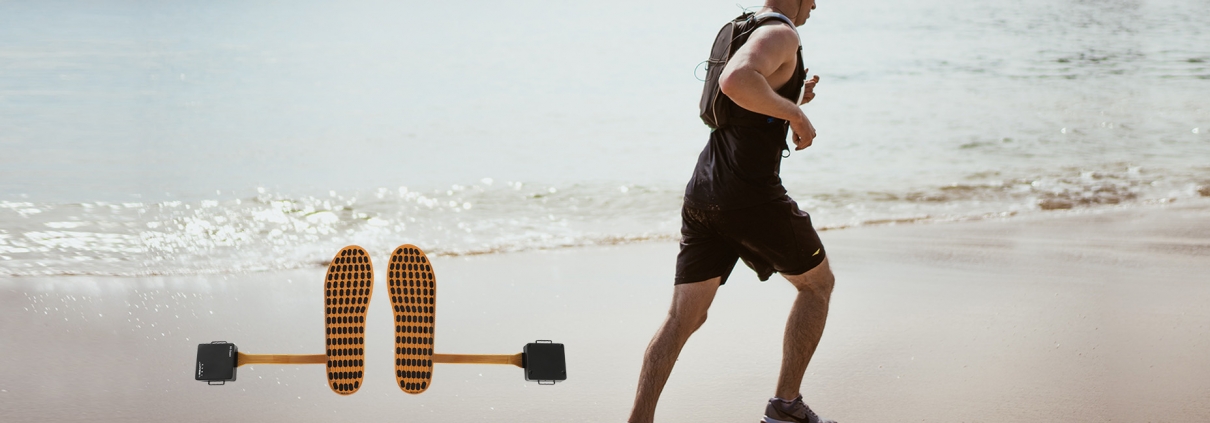With the advancement of modern technology, sensor technology has become increasingly widespread in the field of sports. As an important type of sensor, thin film pressure sensors play a crucial role in sports. This article will explore the applications of thin film pressure sensors in the field of sports and compare them with other sensors.
Applications of Thin Film Pressure Sensors
- Motion Analysis: Thin film pressure sensors can be embedded in sports insoles, gloves, or clothing to analyze athletes’ postures and gaits. By monitoring pressure distribution on the soles of the feet or hands, athletes’ movement techniques and efficiency can be evaluated, providing data support for training and adjustments.
- Optimization of Sports Equipment: In sports equipment design, thin film pressure sensors can be used to test and improve the comfort and performance of equipment. For example, sensors can be embedded in sports shoes, bicycle seats, or helmets to assess athletes’ comfort and safety during exercise.
- Sports Rehabilitation: In rehabilitation therapy, thin film pressure sensors can be used to monitor patients’ movement processes. By monitoring patients’ pressure distribution in real-time, rehabilitation professionals can adjust treatment plans to help patients regain their mobility.
Comparison of Thin Film Pressure Sensors with Other Sensors
- Comparison with Inertial Sensors: Inertial sensors (such as accelerometers and gyroscopes) are mainly used to measure acceleration and angular velocity and are suitable for analyzing athletes’ acceleration and rotation. Compared to inertial sensors, thin film pressure sensors are more suitable for measuring athletes’ contact pressure with the ground or equipment, providing more detailed and comprehensive data.
- Comparison with Optical Sensors: Optical sensors (such as cameras or photovoltaic sensors) can be used to capture athletes’ motion trajectories and postures. However, they are affected by light and environmental conditions and may not be suitable for outdoor sports or complex environments. In contrast, thin film pressure sensors can reliably operate in various environments and provide real-time pressure data.
- Comparison with Biosensors: Biosensors (such as heart rate monitors or electromyograms) are mainly used to monitor human physiological parameters. While these sensors are useful for assessing athletes’ physiological status, they do not provide direct information about movement techniques and postures. Thin film pressure sensors can complement this deficiency by providing detailed data on athletes’ movements and postures.
In summary, thin film pressure sensors have a wide range of applications in the field of sports, including motion analysis, optimization of sports equipment, and sports rehabilitation. Compared to other sensors, thin film pressure sensors provide more comprehensive and detailed pressure data, suitable for various environments and applications, and provide more accurate and effective data support for athletes and rehabilitation patients.



